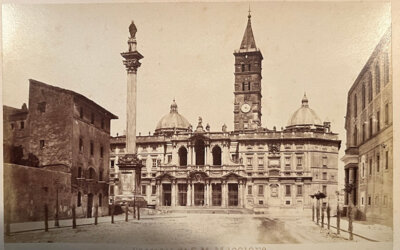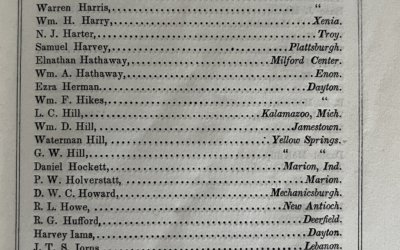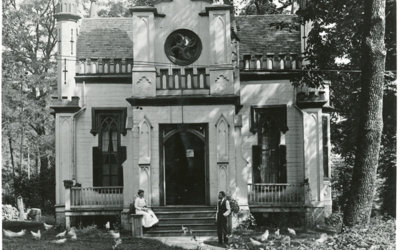Antiochiana
The Archives and Special Collections of Antioch College
Antiochiana began in 1905 as a collection of historical artifacts gathered by librarian Bessie L. Totten (1876-1963), Antioch College class of 1900.
The term “Antiochiana” first appeared in 1898, when The Antiochian, Antioch’s oldest continuously published periodical, first reported a non-circulating section of the library where “not a book is to be found there, whose author is not either an Antiochian or one who has been connected with the college, or whose subject concerns the college history.” Miss Totten, who began her long Antioch career as Assistant Librarian in 1900, recalled how the librarian told her to take special care of these books, and she began to expand the collection. Miss Totten assumed the title of Curator of Antiochiana upon retiring in 1941, which she held until her death in 1963. Remarkably, in its century of existence Antiochiana has had only four directors.
In 1983, the Olive Kettering Library was designated as the official overseer of the Antioch archives, with authority to develop policies for retention and housing of documents and historical materials.

Major Collections
The centerpieces of Antiochiana’s collections are the papers of Antioch College’s two most dynamic past presidents, Horace Mann and Arthur Morgan, and the extensive Bahnsen negative collection.
Location
Antiochiana is located on the second floor of the Olive Kettering Library.
Visit Antiochiana
The archives are currently accessible to the public by appointment only. Learn more.
Songs From the Stacks
Historical perspectives and selections from the archives by archivist Scott Sanders.
Antiochiana – Songs from the Stacks: Ada Shepard to Mary Richardson 7 Feb 1858
Antiochiana - Songs from the Stacks Ada Shepard to Mary Richardson 7 Feb 1858 Commemorating Women’s History Month, Stacks draws from one of the few manuscript collections Antiochiana had ever purchased from a dealer, the Mary Richardson Letters. Mary’s college...
Antiochiana – Songs from the Stacks: Gloom, Study, Grades Forgotten As Social Events Fill Holiday
Antiochiana - Songs from the Stacks Gloom, Study, Grades Forgotten As Social Events Fill Holiday Happy New Year, Antiochians! No aspect of American life escaped the impact of the Great Depression, especially the Christmas holiday. Life at Antioch College in the 1930s...
Antiochiana – Songs from the Stacks: Mary Mann to Nathaniel Peabody 16 & 27 Dec 1853
Horace Mann spent his first Christmas as president of Antioch College on the road. Mary Mann describes the celebration in a letter to her father back in Boston. The week before she sent Dr. Peabody a letter from his grandsons Benjamin Pickman Mann and George Combe...
Antiochiana – Songs from the Stacks: The Gannett Report
Antioch College’s long relationship with the Unitarian-Universalist Association actually predates Antioch College itself. There might not have ever been an Antioch at all had the Unitarian Association and the College’s founding denomination, the Christian Church,...
Antiochiana – Songs from the Stacks: The Antioch College Meteorite Story
No one can say with any certainty when or how inspiration will strike. The inspiration for this particular Songs From The Stacks came from a researcher who contacted Antiochiana about a visitor from space that came to campus in 1901, but not that kind of visitor from...
Antiochiana – Songs from the Stacks: Critic At Large
Earle Reynolds (1910-1998) grew up in show business, the son of trapeze artists. Despite a passion for the theater that never left him, he became an academic instead of an acrobat. He studied Anthropology at the University of Chicago and the University of Wisconsin....
Antiochiana – Songs from the Stacks: Antioch, Research, and History
One of the most interesting figures ever to serve on the Antioch College Board of Trustees, Charles F. Kettering knew a thing or two about research. He held over 140 patents, most of them while head of research for the General Motors Corporation. In the Fall of 1943,...
Antiochiana – Songs from the Stacks: Excerpts from the Diary of William S. Johnson | Part 3
Stacks sings the third verse (different from the first) of William S. Johnson’s diary, which details the life of one of the very first students at Antioch College. When last we left our hero, he was dealing with the news that three of his siblings had died from...
Antiochiana – Songs from the Stacks: Excerpts from the Diary of William S. Johnson | Part 2
Stacks again sings a stanza from the diary of William S. Johnson, an Antiochian in the very first year the College existed. He leads with a description of his role in one of the student literary societies, an interesting institution best treated in the Senior Project...

For 100 years, a central component of Antioch’s progressive education model has been its flagship Cooperative Education (Co-op) Program, the first to be established as a core component in an undergraduate liberal arts program.



